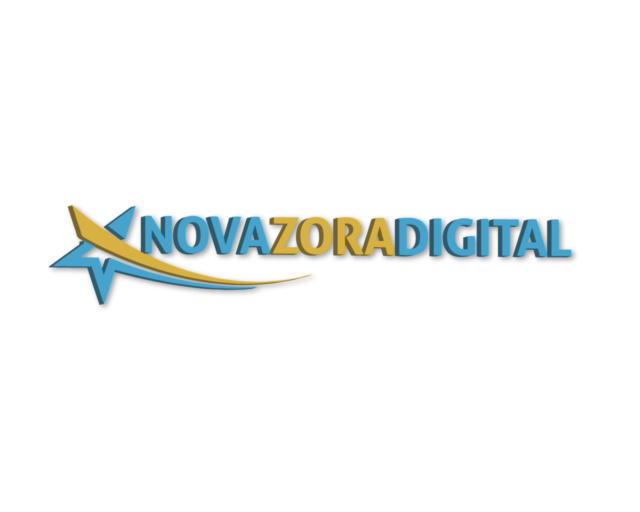In 2013, I was director of search marketing at a Princeton, New Jersey digital marketing agency. One of my responsibilities was to create processes and fulfillment frameworks to better serve our clients. With so many algorithm changes coming from Google during that time, I made a decision to not chase Google, but create a strategy of future proofing our onsite SEO process. Mind you, this was 2013 and people are just starting to talk about intent based strategies for onsite SEO in 2017. During that time I developed a process that is still used today, because it is truly future proofing. I would like to share my process and help others that may be struggling with organic search. Our agency has one of the highest success rates for organic search where we are delivering results on a daily basis for our clients. So here is the process in a nutshell.
- Find out client’s contract; agree on sitemap and potential content allotment, business goals, competitive analysis (SEMRush), asset inventory, current status/effectiveness of current efforts. Once all of that information is gathered, you can begin really dive into the research.
- Review historical analytics, use google Adwords tool planner, ubersuggest/keywordtool.io, soovle, and social listening for proposed viral content ideas.
- Understand the most competitive searches for proposed landing pages (Google Keyword Planner).
- Onsite build out and research comprised of synonyms and close variants.
- Term frequency – inverse document frequency (tf-idf) – relationship between term usage in regards to multiple document sets.
- Co-occurrence and phrase based indexing (current suggested tool is Bottlenose) certain phrases tend to predict other phrases.
- Semantic distance and term relationships (titles, headings, same paragraph terms, items in list placement,etc).
- Research around topics and themes and not simply keywords.
- Page segmentation (main targeted copy in body).
- Entity salience (similar to latent derelict allocation) lsikeywords.com (relationships between sets of terms and phrases in relation to each other).
- Mapping terms, phrases, topics by need states in funnel (awareness, familiarity, consideration, decision/action loyalty).
- Balance terms/phrases to cover multiple types of searches (navigational,informational,transactional).
- Make sure to cover / touch points & emotional experience (skepticism,affirmation,validation,trust).
- Also define what type of copy (new,rewrite,optimize current). If brick and mortar locations, determine GEO focus, individual page URLs, headings, internal linking anchors, internal linking destination URLs, and metas.
- Break down target to smaller level, depending on the product or service segment,cohort, and persona (have in mind what target market is).
If anyone has any questions or decides to use this framework in their own onsite strategy, let us know how it has worked for you. We are always here to help with all things digital.


